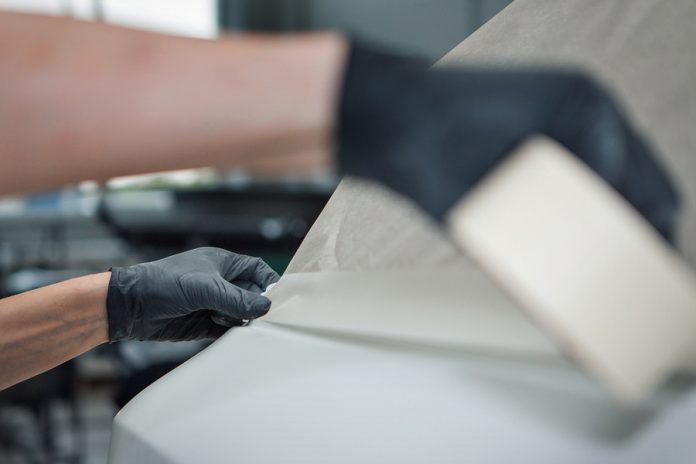Applying epoxy flooring to any surface can be a tough and tiring exercise. It’s the type of thing you leave to the weekend (however, don’t expect to have much spare time).
The purpose of applying this coating is to help protect and improve the useable life of a ground surface. Your garage is a place that needs to be protected from general wear and tear.
Car tyres, oil leaks and other forms of erosion can leave your garage ground looking shabby. So, what’s the best way to lengthen the life and visual appearance of your garage ground?
The answer is epoxy flooring. It’s important that you follow all precautions safely to get the best advantages (high-gloss look and quick maintenance).
1. Preparation
The first thing you need to do is prepare the surface. You can’t just start applying the solution and assume it will adhere perfectly. You want to remove any chemicals or dust that is on the surface. First thing’s first, you need to smooth the ground. If you have never used a concrete grinder or smoother, get in touch with the professionals just to be safe. This will remove any oils or contaminated chemicals that may lie in the surface from previous treatments or from your vehicle.
After smoothing the surface, it is advised that you then sweep the surface. Use either an industrial vacuum or just a regular broom to sweep away all the fine dust particles. You don’t want these particles resting on the surface when you apply the epoxy flooring, as it can weaken the surface.
2. Primer and filler
After you have properly cleaned and swept the surface, it’s time to prime the surface. The purpose of priming is to improve the longevity of the surface and ensure improved adhesion to the substrate. Before you start priming the ground, make sure the area is well ventilated. Open all windows and doors to improve air flow. The fumes from the primer can be quite overpowering and are known to induce headaches.
In general, it takes around 2 coats of primer for the ground to be properly sealed for the epoxy flooring. While adding the primer, you should be filling in any cracks on the surface. A generic grout will do the trick.
3. Mixing the epoxy flooring solution
If you want to properly mix the solution, you’ll likely need an electric mixer (you need to mix the hardener and component A). Make sure both substances are mixed together adequately – you don’t want your epoxy flooring to be lumpy. At least two minutes of mixing is advised.
4. Begin
If both solutions are mixed together, you’re now finally ready to begin. Make sure you have a good, durable roller (you don’t want your roller to be shedding halfway through the job). Apply the first coat as evenly as possible and once completed, leave the solution to settle for approximately 24 hours.
5. Patch work and second coat
Before you begin applying the second coat, double check to see if there are any small cracks or holes that have appeared. Simply fill them in with grout and then apply the second coat. Remember, your epoxy flooring solutions only has a pot life of around 40-60 minutes (when it’s sitting in the bucket). So, try not to blend more than you need, otherwise it will go to waste.
6. Sit back and relax
Wait around 12-24 hours for the second coat to dry and settle before doing one last check to admire your work. Your epoxy flooring should last around 2-3 years, depending on how much erosion and vehicle traffic it gets daily. One of the great benefits of this surface is the fact that it requires very little in terms of maintenance, gives the surface a high-gloss and is easy to clean.

Cameron Dickerson is a seasoned journalist with nearly 10 years experience. While studying journalism at the University of Missouri, Cameron found a passion for finding engaging stories. As a contributor to Kev’s Best, Cameron mostly covers state and national developments.

